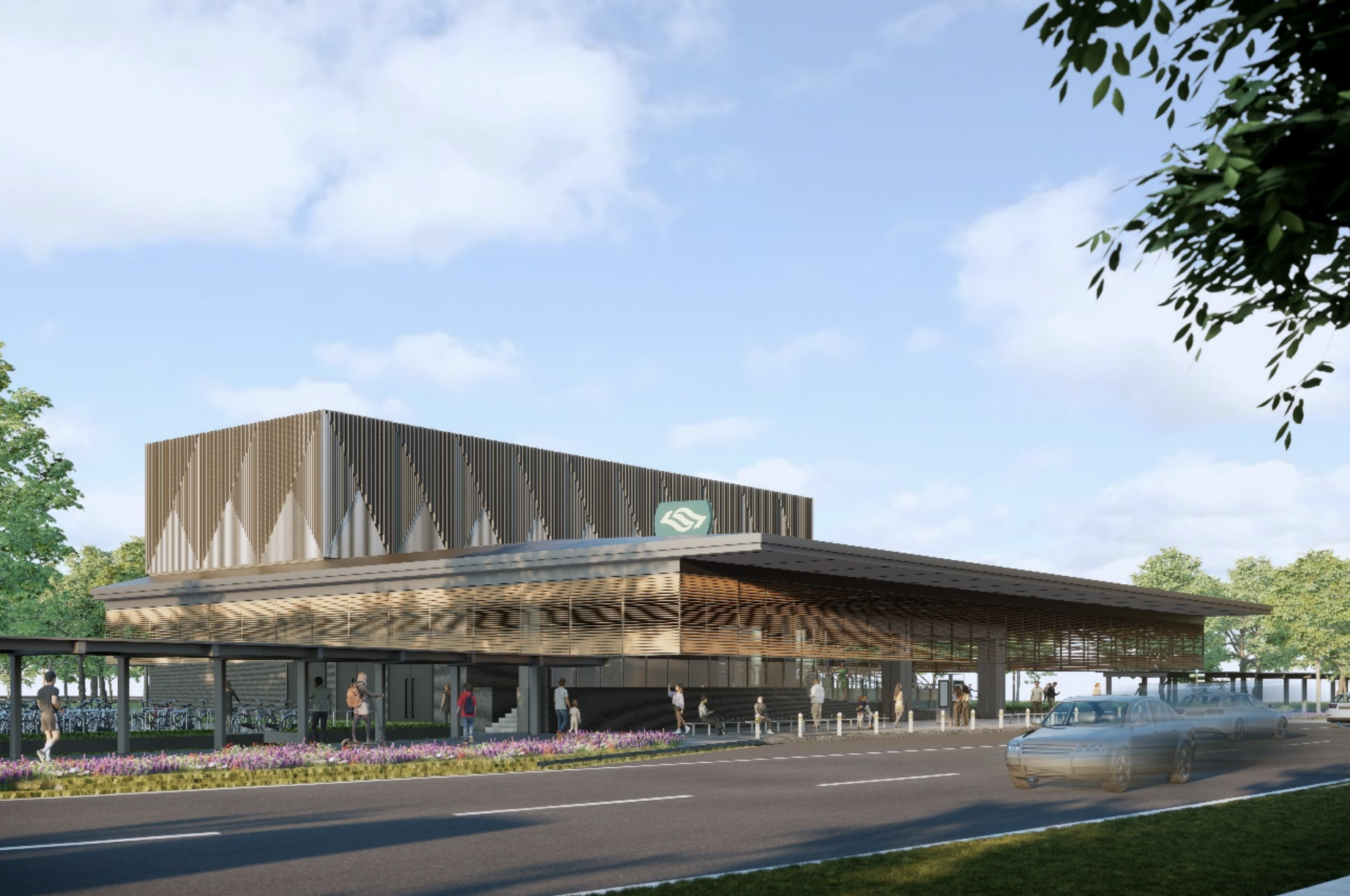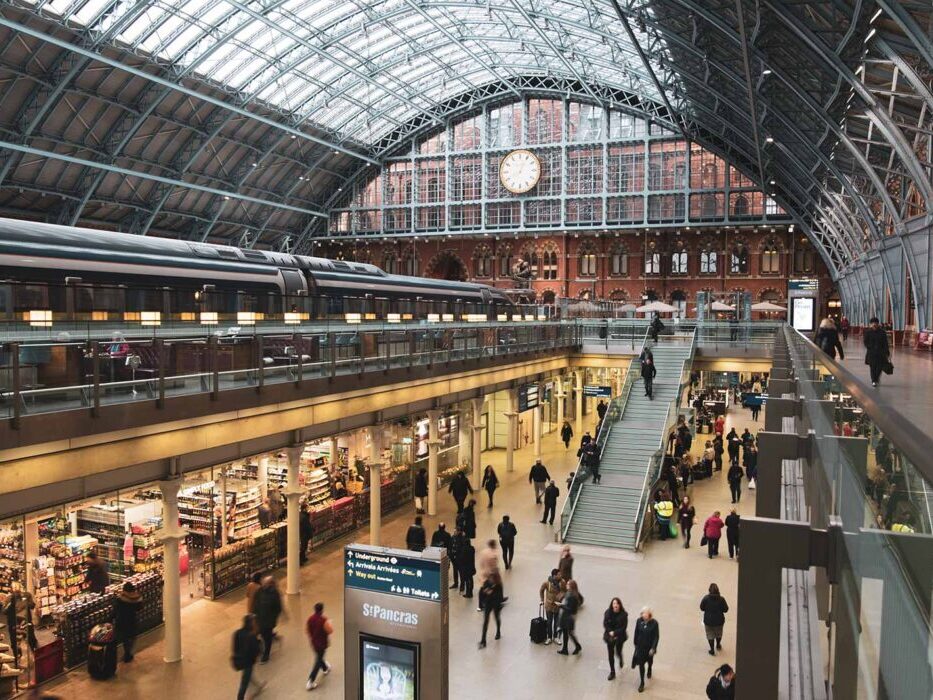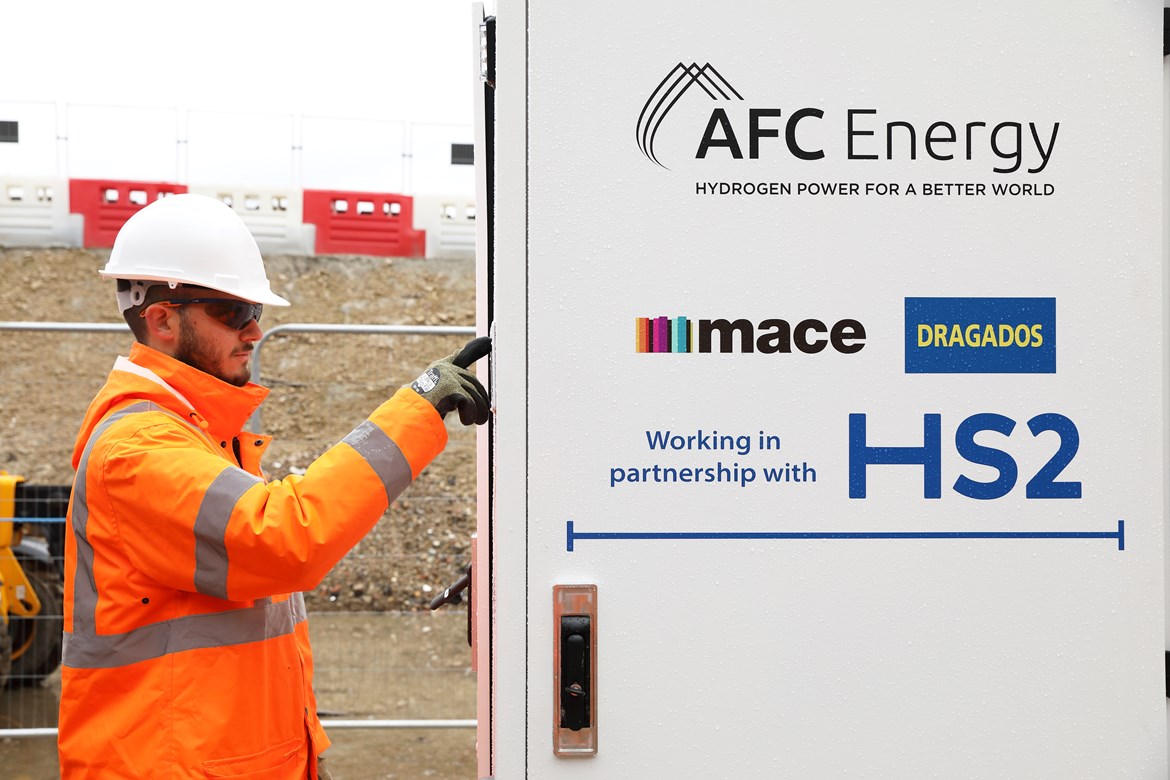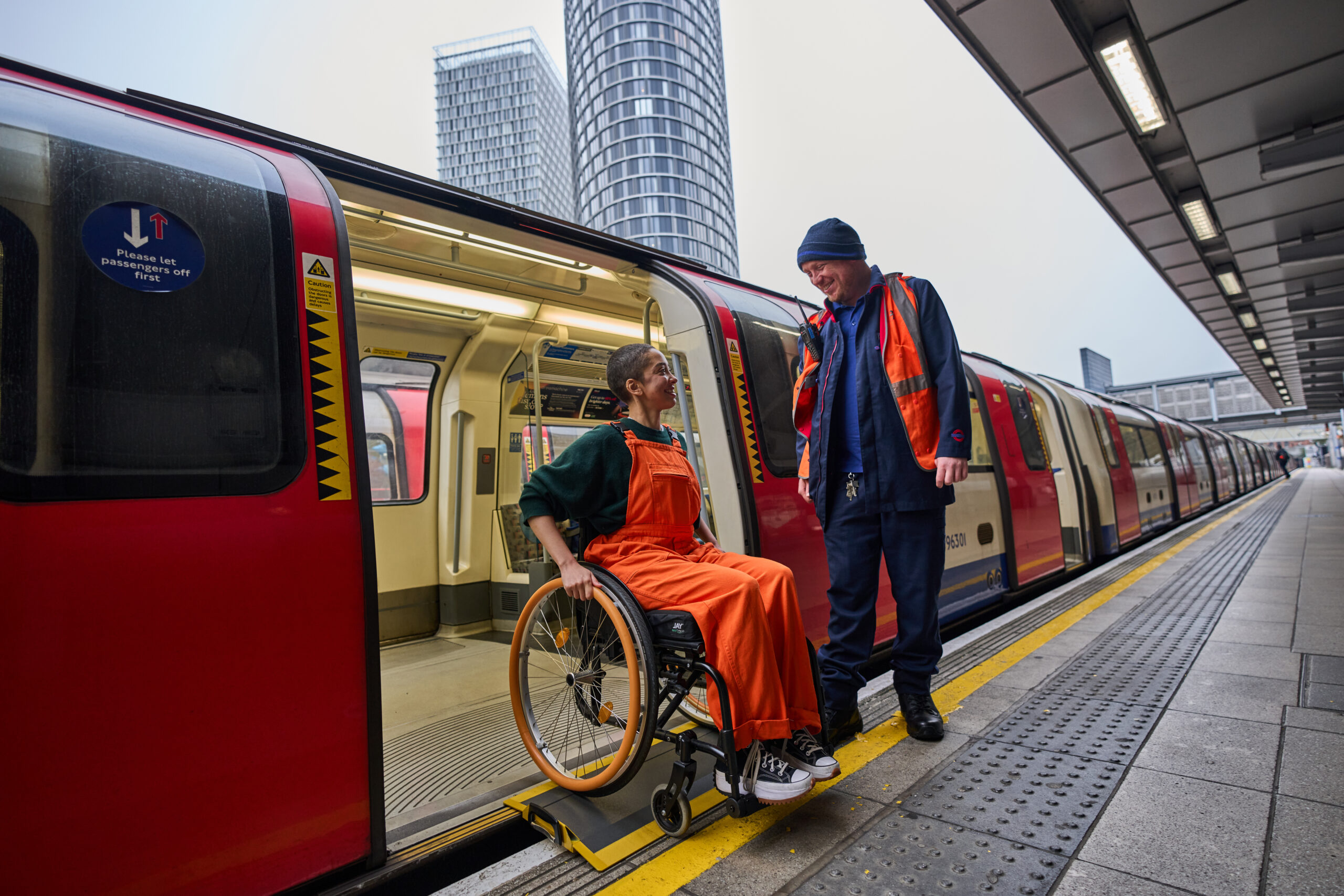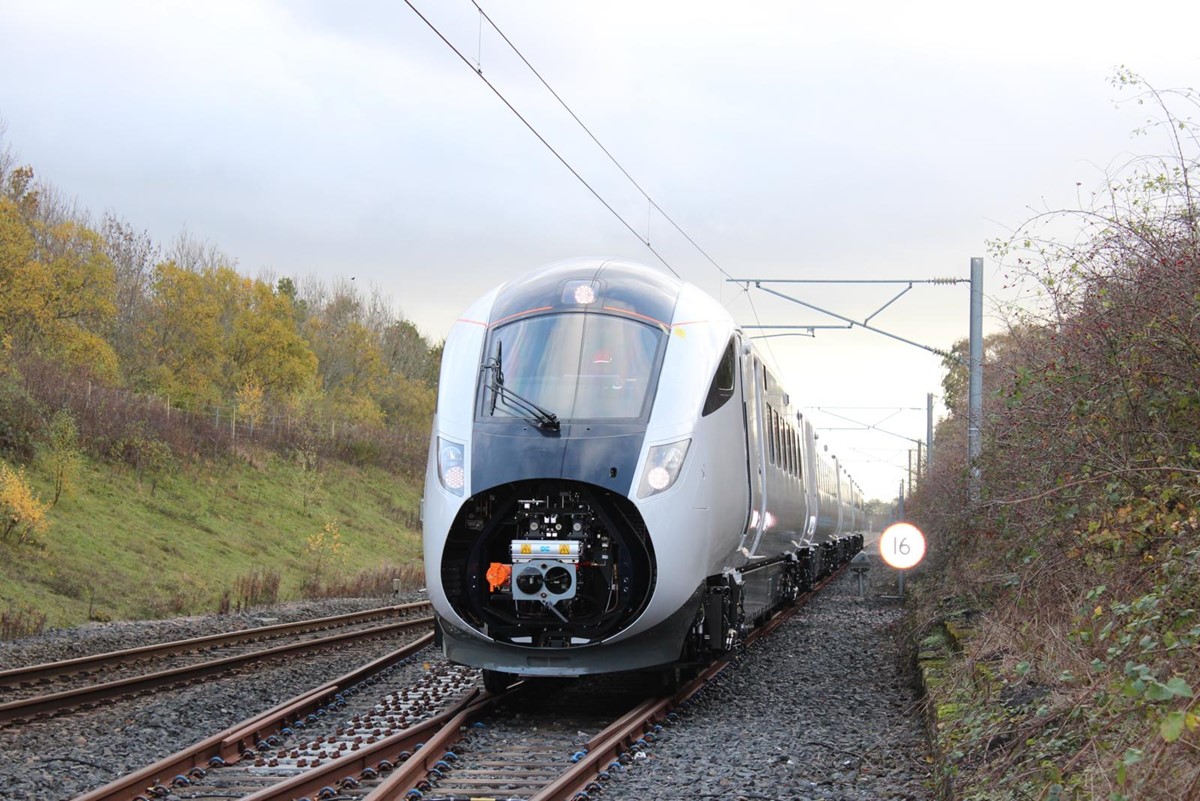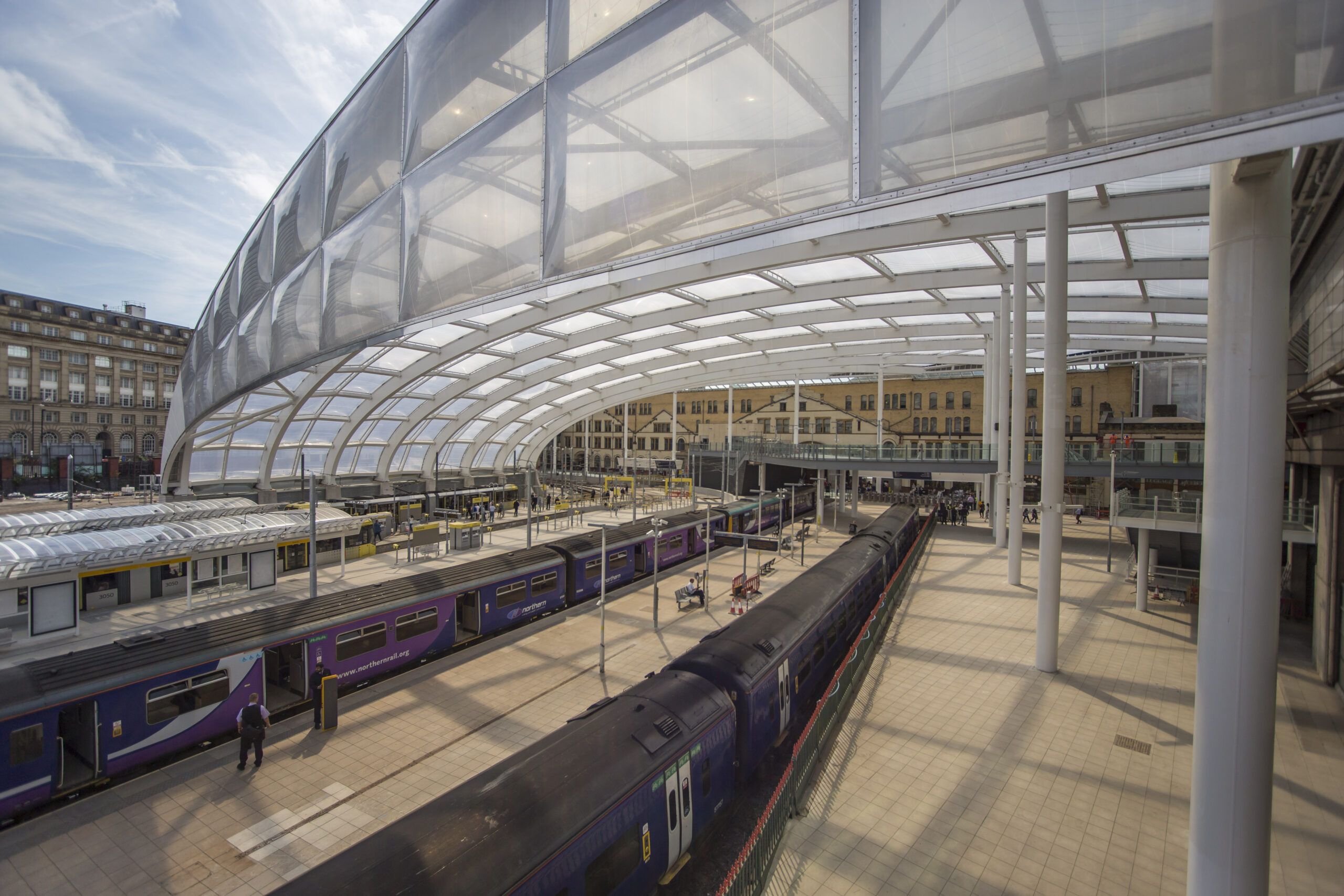HS2’s tunnel boring machine (TBM) Dorothy has begun its second one-mile tunnel bore under Long Itchington Wood in Warwickshire.
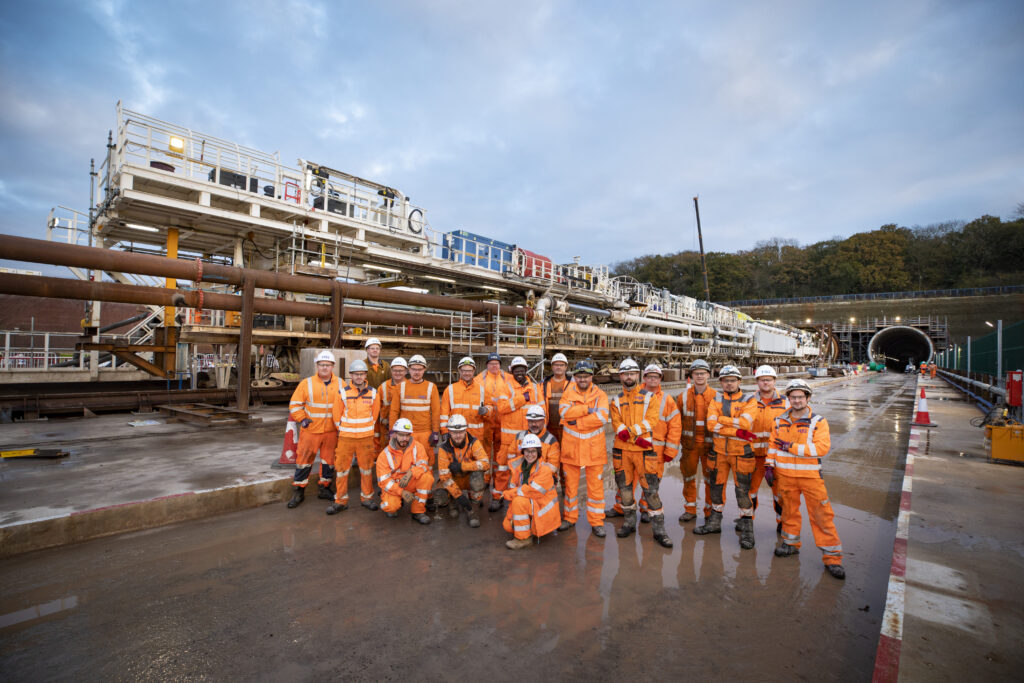
This is the first HS2 TBM to be reassembled and reused, and marks the next construction milestone on the northern section of Phase One.
Named after Dorothy Hodgkin, the first British woman to win the Nobel Prize in Chemistry, the TBM’s inaugural launch took place last December, and became the first to complete a HS2 tunnel drive this July.
Since the breakthrough, the TBM’s 1000-tonne gantries have been brought back through the tunnel and reassembled at the north portal.
The 10-metre diameter cutterhead, weighing 160 tonnes, was moved by road during an intricate night-time operation in September, while Dorothy’s 130-tonne tail skin and eight other large pieces from the front and middle shield were also transported using specialist equipment.
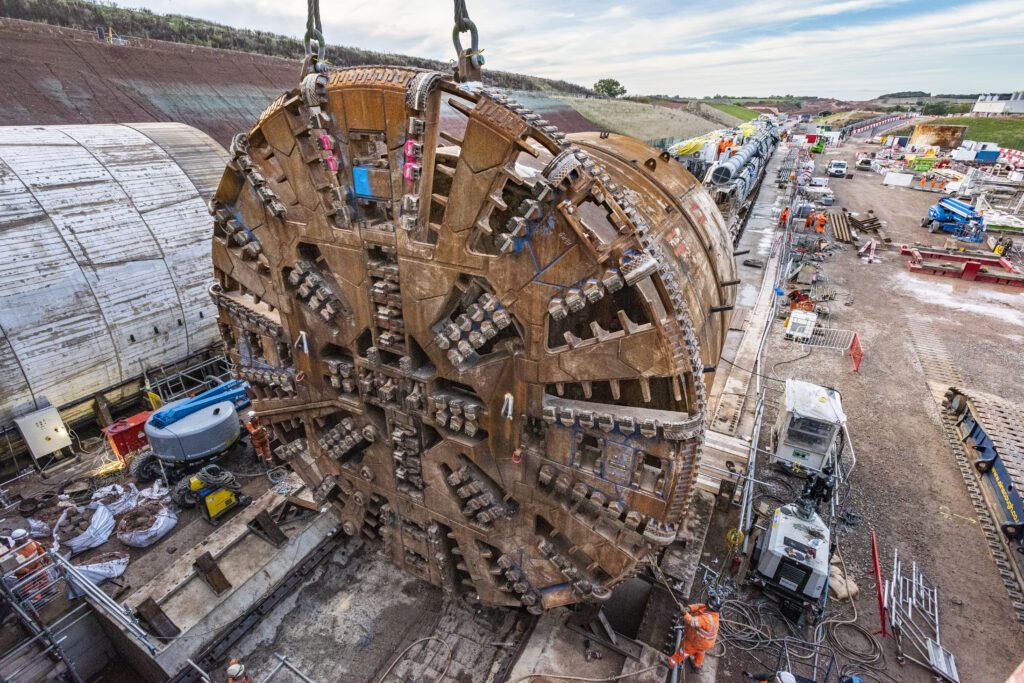
Four other HS2 TBMs are currently in the ground, digging twin bore tunnels under the Chilterns and London.
When Dorothy breaks through next summer, Long Itchington Wood Tunnel will be the first twin tunnel to be completed on HS2.
Doug Barnett, HS2’s Senior Project Manager for Long Itchington Wood Tunnel, said:After celebrating HS2’s first historic tunnel breakthrough in July, this TBM reassembly and relaunch is another first for the HS2 project.
One year after Dorothy launched for her first drive, she’s now set off for the second bore, and we look forward to seeing the next HS2 tunnel breakthrough in summer 2023.
This tunnel forms a key element in how HS2 manages environmental impacts through the design of the railway, as the wood is classified as a Site of Special Scientific Interest (SSSI).
Excavation of the twin bore tunnel will produce around 500,000 tonnes of mudstone and soil.
This is being processed at an on-site slurry treatment plant and separated out before being transported by a 254-metre conveyer to be used to build embankments along the route of the railway.

















